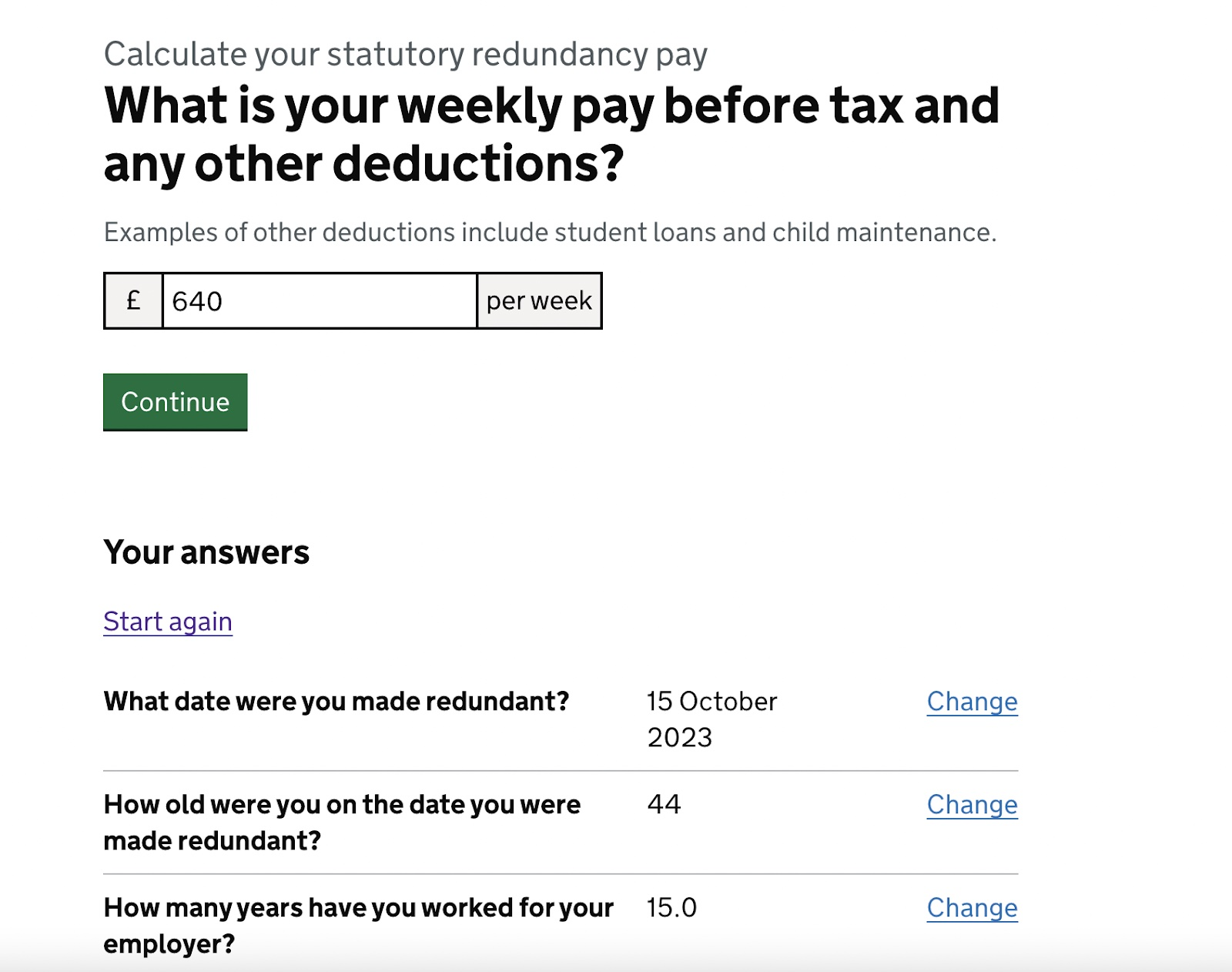If a Company Goes Bust Who Pays Redundancy? Lawful Insights for UK Employees
If a Company Goes Bust Who Pays Redundancy? Lawful Insights for UK Employees
Blog Article
Checking Out the Interplay Between Company Redundancy and Business Versatility for Future Development
In the dynamic landscape of today's business globe, the detailed relationship in between company redundancy and organizational flexibility arises as an essential variable for continual development and success. Firms commonly deal with the obstacle of striking a delicate equilibrium between maintaining a level of redundancy to minimize risks and promoting flexibility to respond swiftly to the ever-evolving market demands.
Significance of Company Redundancy
Firm redundancy is an important aspect that boosts business resilience and minimizes functional dangers. By including redundancy measures within the organizational structure, business can much better stand up to unpredicted interruptions and fluctuations in business setting. Redundancy acts as a critical buffer, allowing firms to adapt and respond properly to unexpected difficulties without compromising vital operations.
One trick element of the relevance of business redundancy is its role in ensuring continuity throughout times of crisis. When faced with sudden changes or emergencies, repetitive systems, resources, or employees can action in to maintain important features and stop prevalent interruptions. This continuity not only safeguards the business's track record and consumer trust but likewise minimizes economic losses and functional downtime.

Techniques for Business Versatility

Another essential technique is purchasing technology and infrastructure that can support versatility and scalability. Implementing digital devices, automation, and data analytics can enhance operations, improve efficiency, and supply useful insights for educated decision-making. Additionally, creating versatile organizational structures that allow for fast modifications to market dynamics and customer requirements is important for staying affordable in a quickly developing atmosphere. By proactively identifying potential disruptions and possibilities, companies can proactively adjust and thrive in an ever-changing service landscape.
Harmonizing Redundancy and Versatility
Achieving an unified stability between operational redundancy and business adaptability is critical in browsing the complexities of a vibrant service atmosphere. Striking the ideal balance in between redundancy and versatility is a delicate procedure that calls for a deep understanding of the company's objectives, market dynamics, and danger resistance.
To attain this equilibrium, business need to carry out routine assessments of their operations to determine areas where try this site redundancy is necessary for threat reduction and where flexibility can drive development and growth. Carrying out flexible structures, promoting a society of constant understanding and renovation, and motivating open communication across all levels of the organization are crucial methods to balance redundancy and adaptability successfully. By aligning these 2 critical elements, companies can place themselves for lasting development and success in an ever-changing organization landscape.
Situation Researches on Adjustment Success
In taking a look at instances of successful business adjustment, it ends up being noticeable that the interplay between functional redundancy and adaptability is a specifying factor in forming resistant businesses. A DVD rental solution, Netflix demonstrated amazing adaptability by transitioning right into a streaming platform when digitalization disrupted the market. These situation researches underscore the value of functional redundancy coupled with organizational adaptability in promoting long-term development and competitiveness.
Structure Resilience for Future Growth
Building resilience for future development calls for a critical positioning of operational processes with market characteristics and arising patterns. Companies have to adapt to altering environments by fostering a society of flexibility, development, and continuous improvement. Strength includes not only recovering from troubles however also proactively getting ready for future obstacles. One key element of building strength is spending in robust risk administration techniques to mitigate potential disturbances. This consists of situation preparation, diversifying supply chains, and establishing contingency prepare for numerous contingencies (who pays redundancy money).
Furthermore, fostering solid connections with stakeholders, such as clients, workers, suppliers, and the community, is vital for maintaining and weathering unpredictabilities trust and support during stormy times. Efficient interaction and transparency play an important function in building resilience, as they assist line up expectations and promote collaboration in browsing uncertainties.
Additionally, companies need to prioritize learning and development campaigns to upskill workers and furnish them with the required devices to adjust to altering situations. By buying their labor force, firms can improve their versatility and dexterity, ultimately enhancing their strength for sustainable future growth.
Verdict

In the dynamic landscape of today's organization globe, the elaborate relationship between business redundancy and organizational versatility emerges as an important variable for continual growth and success. Firms usually face the obstacle of striking a fragile balance in between keeping a degree of redundancy to mitigate dangers and fostering versatility to react quickly to the ever-evolving market needs.To attain this equilibrium, companies need to conduct regular analyses of their procedures to identify areas where redundancy is needed for risk reduction and where adaptability can drive innovation and development.In verdict, the interaction in between company redundancy and organizational flexibility is crucial for future growth. Building strength with a mix of redundancy and flexibility will certainly guarantee that companies are prepared for the obstacles of the future.
Report this page